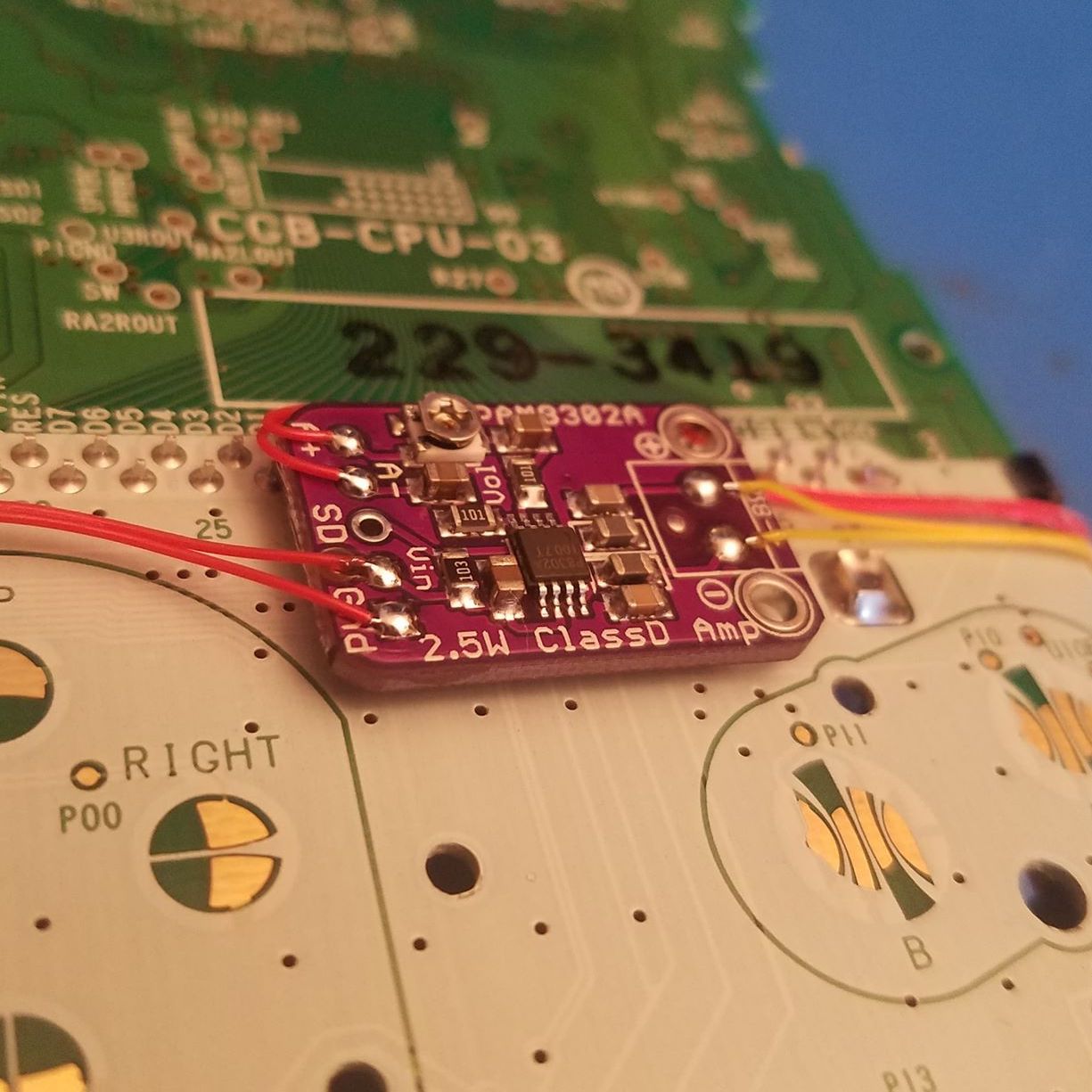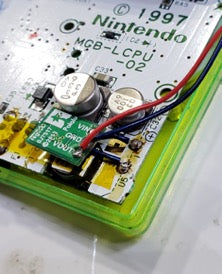
Image: An assortment of colorful electrolytic capacitors
If there's a single component that a good majority of electronics failures can be blamed on it would be the seemingly innocent electrolytic capacitor. A capacitor is a component which stores up energy in a circuit and can deliver it when necessary, thus making it a good way to filter out ripple on supply voltages. Whenever anyone comes to me with advice on how to fix something that just plain doesn’t power on, has intermittent power issues or is generally acting oddly the first thing I ask is have they checked the caps. Through the rest of the article I will generally refer to electrolytic capacitors as “caps”. To understand the issue of dying caps we need to go back in time.
Faulty caps can partially be explained by what is known as the “capacitor plague” [https://en.wikipedia.org/wiki/Capacitor_plague] where cheap electrolytic capacitors with high failure rates flooded the market and ended up in many devices in the mid to late 90s to well past the 2000s. There is plenty of speculation as to the cause, from cost cutting measures leading to bad batches of electrolyte to corporate espionage. No matter the cause, the symptoms are the same: the caps work fine when new but over time they start to swell and leak their electrolyte. If left unchecked they could vent, or even worse the electrolyte could start to eat away at the board and traces near the site of the leakage. You may think that so long as your device was made well before or after the era of the capacitor plague you are fine.

Image: Traces and pads completely eaten away from electrolyte leakage
However, even if the console you seek to revive isn’t from this period it may still have fallen prey to bad caps. The issue is all electrolytic caps will eventually fail because the liquid electrolyte inside eventually dries up and thus the capacitance decreases drastically. Since circuit’s are generally designed to operate with some level of required component values, when the capacitance changes things tend to start acting funny. Audio volume can get whisper quiet, backlights can flicker for a second and then go dark, games can freeze or lock up, or sometimes the whole thing can just do nothing at all when switched on. These can all be caused by a multitude of other problems, but they are also well known to be linked to bad caps. So as a first step in debugging any console it is a good idea to check caps.
Then how do you check caps? Well the easiest check is literally to use your eyes. Through hole caps are designed with scored vent marks on top, which allow them to release pressure in a controlled manner should something go wrong. So if you see a cap with a bulged out top or the metal venting torn then you know something bad happened and the cap has failed.

Image: Unblown venting on top of a brand name Nippon Chemi-Con Cap (see Ask Hackaday - Experiences with Capacitor Failure for examples of bulging, vented caps)
The problem though is not every cap that has gone bad will have visible damage and worse yet, surface mount caps generally do not have the vents on top to begin with. In these cases you will have to resort to other methods to check.

Image: Surface mount cap pulled from an 80’s Sony Discman leaking corrosive electrolyte out the bottom
For the caps that you suspect have failed without any visible signs they must be desoldered, removing them from the circuit, and measured with an ESR (Equivalent Series Resistance) meter to check that parameter which is basically an unwanted parasitic resistance in all caps which heats the cap and limits current flow during use. As caps age their ESR increases and if beyond a certain limit that depends on the cap’s rated voltage and capacitance, the cap can safely be considered faulty.

Image: Inexpensive “transistor tester” with built in ESR meter measuring cap
This information can be found with a quick google search of “capacitor ESR chart” and suitably inexpensive ESR meters can be purchased from eBay or Amazon under the guise of transistor testers with built in capacitance measurement capability. To see if a cap is good look up the max ESR from the chart based on the capacitance and voltage ratings on the side of the cap. For example a 10V 220uF cap should have an ESR of less than 0.90Ω according to the table below.

Image: ESR table (credit: https://www.eevblog.com/forum/beginners/esr-values-for-electrolytic-caps/)
Finally, a good rule of thumb is to just go ahead and replace all electrolytic caps in a console with shiny new ones made by a respected brand (Panasonic, Nippon Chemi-con, Nichicon, Rubycon, etc.) if it is more than a decade old or so, as that will ensure you reset the clock for enjoying a working system for a few more good decades. This is especially a good idea if the manufacturer originally used no-name branded caps. So the next time you come across a console that is just plain not powering on or acting like it is possessed the first thing you should do is check and replace the caps.
About sjm4306 (Shawn Maxwell)
Shawn is a self-taught engineer turned Electrical Engineering professional, spending considerable time with retro - and contemporary - electronics. Notably one of the best disseminators of electronics knowledge in the community, we're glad to have Shawn here in this first of many articles to come.
Profile: sjm4306 (Shawn Maxwell)



